Monday Morning Update 9/12/16
Top News
In England, 12 NHS trusts will receive up to $13 million each from the government as “global exemplars” that will lead the way for innovation, while another 20 will be given $6.6 million each as “national exemplars” to improve their own digital technologies. The announcements follow publication of an NHS digitization recommendations report created by an advisory board led by UCSF professor Robert Wachter, MD.
Health Secretary Jeremy Hunt also announces an expansion of NHS’s 111 non-emergency line to include triage service, publication of an NHS guide of approved health apps, re-launching the NHS Choices patient services website as NHS.UK with a new capability for patients to download their own records in a Blue Button-like fashion, and publishing trust performance data for specific health services.
Reader Comments
From Recent Epic: “Re: Epic’s succession plan. It’s for the best that Carl has taken over, although whether he has any desire to stay remains to be seen. Judy’s leadership is becoming increasingly erratic as she advocates finding ways to charge for APIs and web services, has wild swings of opinion on hosting services, makes rash decisions in trying to make international deals, pushes salespeople to start cutting deals on previously principled pricing and contract provisions, and most disturbing for the direction of the company, spends an increasing amount of time on buildings and events.” Unverified.
From Datapref: “Re: HIMSS Analytics. MU attestation made it easy to find out who has installed which products, with higher quality. Their ‘Logic’ rebrand intentionally makes it hard to export mass data and the UI is a mess. They have a long lag time (3-4 months) getting financial data updated after it’s been published by CMS, while Definitive, Billian’s and even AHA are less than one month.” Unverified. HIMSS Analytics still has the massive competitive advantage of being owned by HIMSS and thus being able to dole out to its paying customers HIMSS points that earn better exhibit hall booth locations. Personally, I’m not in favor of well-funded, theoretically non-profit member organizations recruiting corporate members while also selling them services and in some cases competing with them. I would be interested in seeing the latest 990 tax forms from HIMSS to see how much HIMSS Analytics brings in, but I haven’t found its latest filing so far.
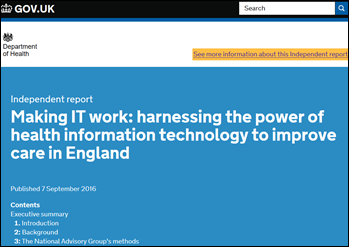
From Pippi Longstocking: “Re: Bob Wachter’s UK digitization report. His only informatics credential is having written an awful and extraordinarily slanted book, cherry picking information to fill in a predefined narrative. The UK report seems to be mostly written by consulting firms. I find it odd that Ross Koppel speaks to informatics, Christine Sinksy to burnout, Deborah Peel to privacy, Julie Adler-Milstein to safety, and now Bob Wachter to success.” It’s interesting to me that in the “Look Inside” preview of his book on Amazon (since I haven’t bought or read the book), Wachter says that David Brailer, MD, PhD, the first National Coordinator who was appointed in early 2004, hinted that President George W. Bush’s push for EHRs came about only because he was jealous of the billions England’s Tony Blair was spending on the ultimately failed NPfIT program. Wachter also says Brailer wasn’t in favor of creating the very ONC he was later tapped to lead, worried that the federal government’s smothering bureaucracy would stifle innovation. I don’t know about Wachter’s informatics expertise, but he’s a good writer.


From Bunchy Donovan: “Re: iPhone announcements. Removing the headphone jack has healthcare consequences since that’s how some device-attached apps use it as a connector.” The change may well put some minimally successful app vendors out of business, which might be a good thing in a herd-thinning sort of way. Meanwhile, Apple will offer an alternative to those $4 non-Apple earbuds I use at the gym — the wireless and surely easily lost AirPods, which will cost $159 and will make the wearer look as douchebaggy as those people whose Bluetooth headsets are permanently implanted in their ears. I assume the AirPods came from the Beats by Dr. Dre line that Apple (over)paid $3 billion to acquire in mid-2014. Apple has transformed itself from solving problems I didn’t know I had to solving problems that I actually don’t have at all. Your life is pretty darned good if you can allocate $159 (plus the cost of a new and barely improved iPhone) to solve the crisis of tangled earbud wires.
From Silver Spoon: “Re: hospital administrative residencies. Would you recommend them?” They’re great if you can get chosen for them. The faith-based national system I worked for placed only well-connected graduates of their low-ranked religiously affiliated schools in those jobs even though 99 percent of our patients did not practice that religion and in most cases weren’t even aware of the connection. Not surprisingly, the chosen ones were usually fast-tracked in the “people like us” leadership model. I passed up an early-career option of working a stint in the Middle East after hearing a friend’s report of being culturally insulted and professionally disrespected as though he were a mercenary shoeshine boy there, a situation my hospital system colleagues and I found ourselves in without the long flight.
HIStalk Announcements and Requests

Insurance companies offered the poorest customer service experience to respondents to last week’s poll, while lab companies and dentists caused the fewest problems. Hospitals ended up mid-pack, but Beebob shared recent ED visit experience that included lack of wristband checking, nearly being administered morphine despite his or her clearly recorded allergy, employees never washing their hands, and doctors and nurses leaving their EHR sessions active when leaving the room so that anyone could have clicked through patient lists and charts, all of which were reported by letter to their CEO and safety VP with no response.
New poll to your right or here: what should be the key healthcare issue in the presidential election? “Key” means you have to choose the single most important issue instead of yearning for a lazy “all of the above” option that would relieve you of your responsibility make a decision.
I’ve received several emails weekly from investment companies (both in the US and elsewhere) wanting to talk to me about publicly traded health IT companies. I get those all the time, but the volume has picked up, which isn’t a problem for me since I just delete them without responding. They must have a good business model in getting free advice and reselling it as their own insight. Just about everything I know is right here on the HIStalk page for anyone to read anyway.
Last Week’s Most Interesting News
- CMS offers providers four “pick your pace” options for 2017 MACRA/Quality Payment program participation in 2017.
- Device maker St. Jude Medical sues a security firm and an investment research company for manipulating its share price and profiting from short sales via the issuance of questionably accurate security vulnerability reports.
- In England, a health IT committee issues its digitization recommendation report.
- Epic asks the US Supreme Court to review a lower court’s ruling that the company can’t force employees into arbitration to block class action lawsuits over employment disputes.
- UCSF will lay off 17 percent of its IT staff and offshore their jobs to India after its IT expenses doubled from 3 percent of its operating expense total to 6 percent in the past five years.
- A tiny, AMA-sponsored observational study finds that ambulatory practice doctors spend twice as much time working on the computer and doing desk work than seeing patients.
- Apple toughens up App Store standards for health-related apps to increase review of those that provide inaccurate data and to limit drug dose calculation apps to approved healthcare entities.
Webinars
September 27 (Tuesday) 1:00 ET. “Stanson Clinical Decision Support: Survival Kit for Evolving Payment Models and Other Regulatory Requirements.” Sponsored by Stanson Health. Presenters: Anne Wellington, chief product officer, Stanson Health; Scott Weingarten, MD, MPH, SVP and chief clinical transformation officer, Cedars-Sinai. Reimbursement models are rapidly changing, and as a result, health systems need to influence physicians to align with health system strategy. In this webinar, we will discuss how Stanson’s Clinical Decision Support can run in the background of every patient visit to help physicians execute with MACRA, CJR, et al.
View previous webinars on our HIStalk webinars YouTube channel.
People

Stephen Ondra, MD (Health Care Service Corporation) joins open source data management vendor Amida Technology Solutions as chief strategy officer.
Announcements and Implementations
USC’s family support center and gerontology school provide family caregivers with support resources (care planning, reminders, task management, and self-care content) via an app developed by Los Angeles-based Care3. The three founders have experience that includes working in Aetna’s Healthagen technology businesses.
A new Peer60 report compares Epic and ChipSoft in the Dutch EPR market. Interesting factoids: (a) no ChipSoft hospital reported an improvement in financial outlook, while a fair number of Epic respondents did; (b) Epic scored considerably higher in enhancing patient engagement; (c) Epic scored much better in improving user workflow; (d) Epic’s “would recommend” scores are hugely higher; and (e) nearly half of the users of both systems say their projects ran over budget. The report contains a lot more interesting detail. All I know about Amsterdam-based ChipSoft is that they used to give out cool clogs from their booth at the HIMSS conference, but I stopped asking about them years ago because their booth people (who you might expect to be rosy-cheeked and happy if your only cultural reference is a Dutch Boy paint can) were always eye-rollingly surly in insisting that you put them on right there instead of packing them away for later.
Privacy and Security

This promotional email from Healthcare Informatics seems to miss the obvious fact that if you’re pitching an advertiser’s ransomware material, you should probably not use a gibberish link that the recipient won’t click on if they are even vaguely aware of phishing practices.
From DataBreaches.net:

- The political team of a British member of Parliament tweets out a photo of the candidate cold-calling supporters that also included in the background a whiteboard containing the telemarketing system’s clearly visible (but since changed) log-in credentials.
- Appalachian Regional Hospitals, whose systems are apparently still down following a ransomware attack several weeks ago, threatens to sue the local newspaper for asking questions about the situation and for publishing “statements that defame ARH or cast it in a false light.” It’s an interesting by-product of gaining public exposure for cybersecurity weaknesses or breaches that the affected organization often lashes out legally at the messenger (since the perpetrator isn’t handily available) in trying to protect their public image.
- The FBI charges two young men with using social engineering to hack the Internet accounts of several senior government officials that include the CIA director and Director of National Intelligence, using the information to harass them and to download sensitive information that they posted on the Internet. They gained access to the master federal law enforcement computer system, listened to the voicemails of senior officials, took control of their TVs, harassed them and their spouses by phone and email, distributed their contact lists, and fooled their spouses into providing their log-in credentials by claiming that their passwords needed to be reset.
- Researchers warn that it would be easier for hackers to disable the country’s 911 emergency call systems by overloading their limited incoming lines with automated spurious calls from malware-infected mobile phones, estimating that 6,000 infected phones could disable an entire state’s 911 system and 200,000 could take down the entire national system.
Other
Three academic psychiatry authors write in their JAMA editorial that it’s not ethical for EHRs to flag frequent ED flyer with an airplane icon, saying it’s disrespectful and that such labeling may impede good diagnostic decision-making.

Dartmouth-Hitchcock Medical Center (NH) will lay off up to 460 employees in the next few months following a $12 million loss in the fiscal year ending June 30. The hospital’s billing-related expenses increased by $115 million as it changed billing and revenue management systems — which caused a $40 million revenue overestimate – and outsourced its RCM activities to Conifer Health Solutions. According to the CEO, “Other great organizations are experiencing similar downturns with the implementation of new systems and rising expenses.” DHMC implemented Epic at a cost of $80 million in 2011, after which its bond ratings agency attributed its weak operating performance to reduced state funding and its Epic costs.

Examples abound around the world where a single, dramatic photo engaged a previously indifferent public and turned a magnifying glass onto the society we’ve created. This Ohio police stop photo of two West Virginia adults zonked out in a heroin-induced stupor as the woman’s four-year-old grandson looks on just might do it in forcing us to examine our drugged-out society and the impact of only-in-America drug marketing and pricing decisions (over-marketed and thus overprescribed OxyContin whose high prices moved addicts to cheap but notoriously impure heroin freely entering the country after a failed war on drugs, with overdose victims sometimes revived as they were in this case with overpriced and thus less-available naloxone). Both adults have prior records for DUI, drug possession, resisting arrest, and other offenses. You are wrong if you think the epidemic can’t affect you or your family beyond being robbed by drug-seekers – this guy was driving on public streets seconds before this photo was taken, having just missed rear-ending a stopped school bus as he tried to take the woman to the hospital before being stopped by an off-duty officer from the East Liverpool Police Department.
Vince and Elise review the comments received about Black Book and KLAS from my reader survey in Part 6 of their “Rating the Ratings” series.
Here’s one of the most brilliant and hilarious TV ads you’ll ever see, a new Cigna public service message from the “TV Doctors of America” advocating annual physicals that many of their real-life counterparts don’t feel are medically indicated.
Sponsor Updates
- T-System will exhibit at ENA Emergency Nursing 2016 September 14-17 in Los Angeles.
- Crain’s features TeleTracking Technologies in its coverage of New-York Presbyterian’s new mission control center.
- Valence Health will exhibit at Further 2016 September 14-16 in Chicago.
- Frost & Sullivan recognizes Validic for the 2015 North America Frost & Sullivan Award for Visionary Innovation Leadership.
Blog Posts
- IT has a central role to play in managing population risk (Advisory Board)
- Small Hospitals are a Big Deal: The Challenges of Implementing Large Scale EHR’s at Smaller Organizations (Impact Advisors)
- Achieving Patient Flow Outcomes through Collaboration (TeleTracking)
- Disaster Recovery-as-a-Service is a Cornerstone of the Cloud (TierPoint)
- Nothing Spurs Fitness Programs Like a Little Healthy Competition: Part 1 (West Corp.)
- Illinois Mandates Sepsis Protocols with Gabby’s Law (Wolters Kluwer)
- The Tyranny of the Three I’s: Incomplete Information, Inaccurate ICD-10 Coding and Insufficient Documentation (ZirMed)
Contacts
Mr. H, Lorre, Jennifer, Dr. Jayne, Lt. Dan.
More news: HIStalk Practice, HIStalk Connect.
Get HIStalk updates. Send news or rumors.
Contact us.








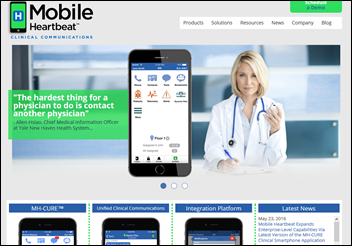

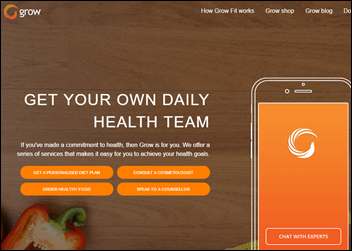

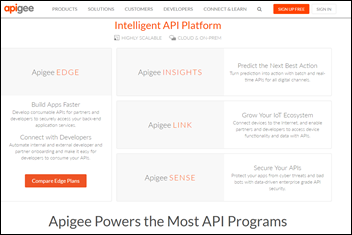
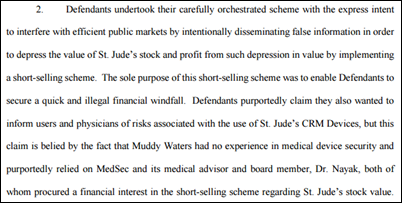
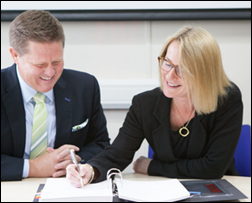
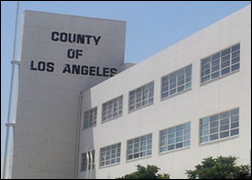

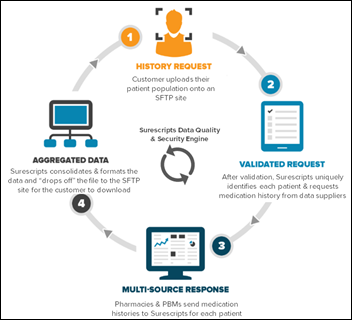



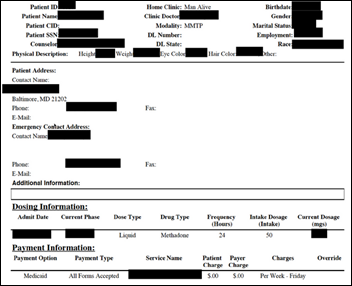




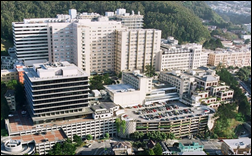




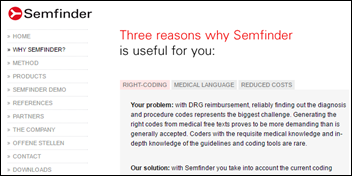











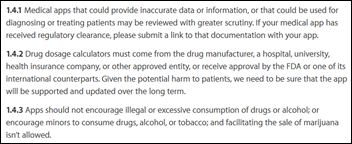






































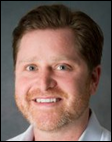

















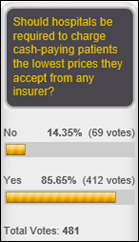


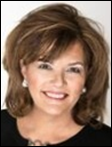





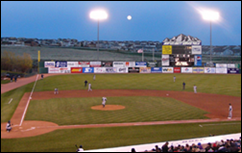



















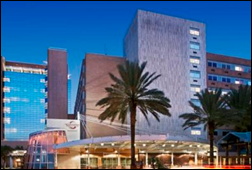



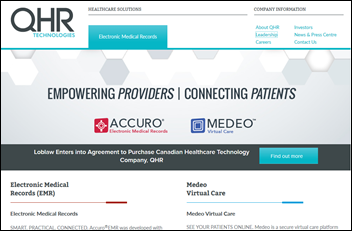















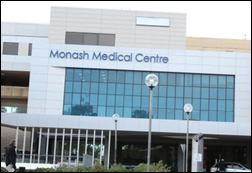









































































































































































Would have liked to have seen more about Expanse here. Would like to see more about it on this site…